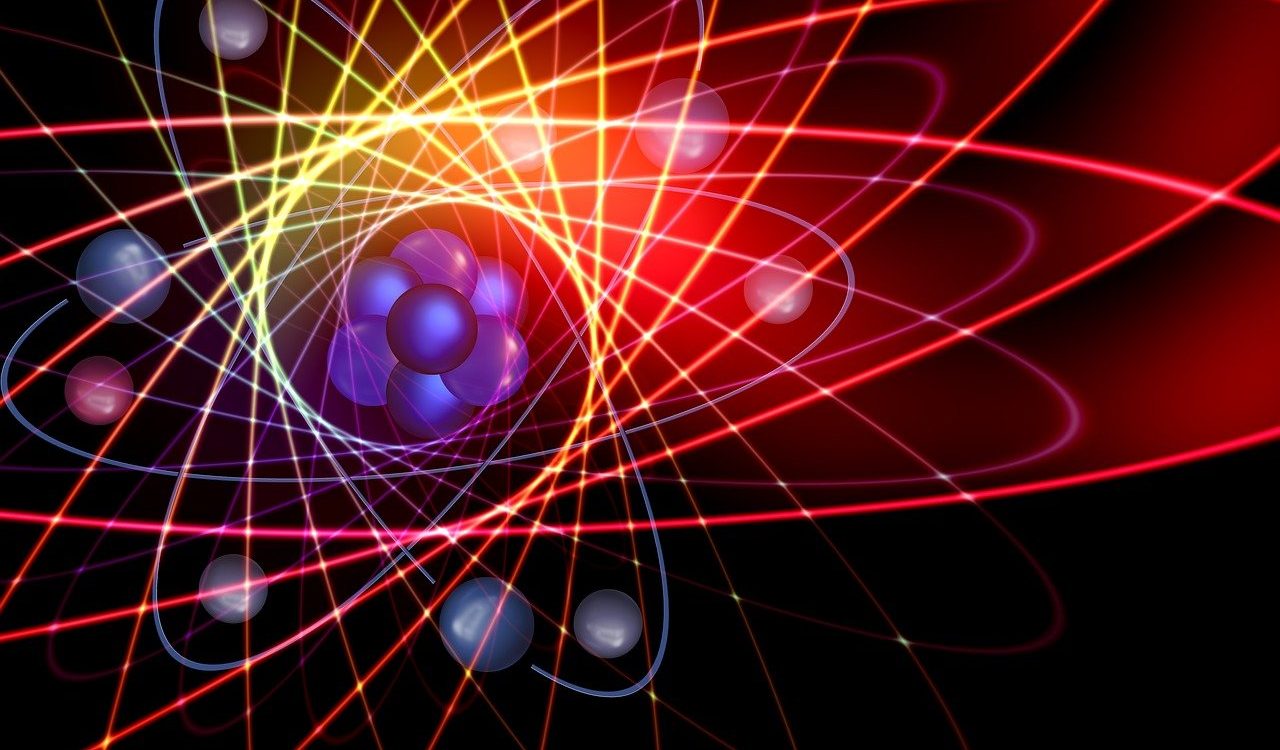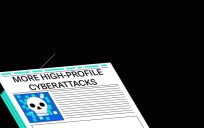Andrew Wilson is Chief of the Quantum Physics Division at the National Institute of Standards and Technology (NIST), which is developing quantum technology that aims to improve timekeeping and atomic clocks — a perhaps under-appreciated but core NIST mission. While it’s true that quantum computing is complicated, Wilson offers several thoughts that help clarify where quantum is today.
“It’s phenomenally exciting.”
He said that it’s hard to overstate how exciting this time is — when scientists and engineers are using quantum mechanics from the 1920s and ’30s to re-envision our computing future. Although it’s unclear when the genie will leave the bottle, practical quantum computing is on the way, he believes. In fact, it already helps with interesting mathematical and physics problems, timekeeping, and the atomic clock, and people are excited about the possibilities it holds for chemistry. “There are very serious ideas for how these kinds of things could impact and benefit society,” Wilson said.
“There’s all sorts of … technologies that can be at the heart of quantum computing.”
Several types of quantum computers are under development, and each has advantages and disadvantages, explained Wilson. People speculate about which technology will be most successful, but he believes that “everybody’s right and everybody’s wrong” and that only time will tell. “The key thing,” he said, “is that from a physics perspective, there’s no fundamental reason why [all] these things can’t work.”
Throughout time, “humanity has learned in sometimes painful ways that if the physics says that [something] can be done, it can be done,” Wilson added. That doesn’t mean that the engineering will be straightforward, though.
“It’s now looking like a serious proposition rather than some sort of fantastical thing.”
People are making small, elementary quantum computers that are incapable of performing Shor’s algorithm, for instance, but are still interesting, he said.
He believes that theories are far more advanced than what’s possible to achieve in a lab — “there’s kind of a disconnect that we need to close” — and that the existence of smaller quantum machines foreshadows larger ones.
“With the status of quantum computing, it’s fair to say that there aren’t fundamental reasons for why quantum computing couldn’t work … but the way we actually implement these things depends a bit on the hardware that’s being developed,” he said.
“There’s an entire field of what’s called ‘quantum error correction.’”
Classical computers don’t make mistakes very often because the technology is phenomenally robust. But quantum systems are much more fragile, and “errors propagate in nasty ways,” he said. Error correction is basically a scheme “where you detect whether you’ve got errors as you go, and you fix them as you go,” said Wilson.
You start by adding more qubits, then distribute information among them using entanglement and superposition. Next, you take measurements to check for errors — in a way that “doesn’t disturb the quantum computing algorithm” — and fix any mistakes, Wilson said.
You ultimately can make something called a logical qubit that, theoretically, is protected from errors. “There’s been lots of very nice results recently on quantum error correction,” he said.
“Quantum computing has been a good problem for government labs to work on.”
Government labs are helpful in dealing with difficult, long-term, largescale problems. “A lot of the big discoveries and things that [achieve] real progress [are] often done in large, multidisciplinary, diverse teams where you’ve got lots of different, varied expertise,” Wilson said. Quantum collaboration may be easier in a government environment than in an academic setting.
At NIST, the desire to make a better atomic clock drove the agency’s exploration of quantum computing. The organization pioneered laser cooling, which traps and slows atoms and molecules to measure them more precisely. Eventually, someone at a conference mentioned the possibility of using trapped ions for quantum information processing as well, Wilson recalled. “There’s many things that we do that help clocks that also help quantum information,” he said. “It all really comes back to our desire to improve international timekeeping.”
This article appeared in our guide, “Quantum Computing 101: Getting Ready for Tomorrow’s Tech.” To learn more about this groundbreaking technology, including how and when it will impact you, download the guide here:





Leave a Reply
You must be logged in to post a comment.